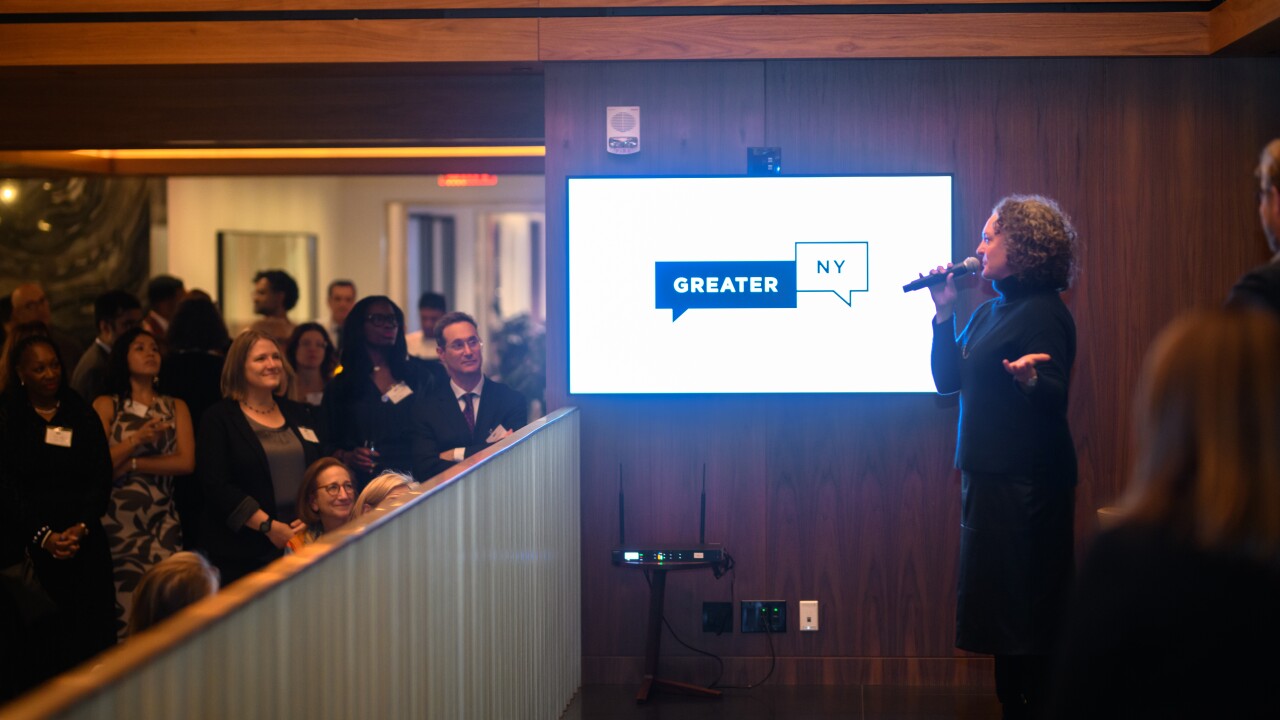Citi Cards knows consumers like stories. So the giant card company collected a bunch of feel-gooders, added the appropriate artwork or video components, and sent them off to become another chapter in its Advertising Legend.
“It’s a creative platform showing how Citi cards can help users facilitate their life stories,” notes Lisa Caputo, CMO at Citi. True, but does it make consumers more likely to whip out their Citi card instead of another?
Few ads can make the most jaded reader spew, “Awwwww,” and crack a smile, but Citi Card’s new too-cute ad campaign does just that. The best of the print ads features a spread with a sleeping canine curled up on pink-striped sheets, its paw cuddling a white stuffed poodle. The headline is: “We’re glad he likes it, because one real dog is plenty, thank you very much.”
That intro can pique anyone’s curiosity, and readers are rewarded for continuing. “With all the howling Max was doing, my husband Eric and I just figured he was lonely,” says the copy. “So we used our Citi card to buy a new mirror and tried putting it at floor level. No dice. We tried changing the dog food. Treats. A new dog bed. We even brought in a pet therapist, and still Max seemed so sad. Then it dawned on us—maybe he just needed a companion. Now everyone sleeps better at night. Whatever your story is, your Citi card can help you write it.” The story is also online in a four-page interactive storybook.
The “Tell Your Story” series, part of a $93 million campaign that integrates print, magazine, TV and online ads, is running through the first quarter, says Caputo, who notes additional ads may join the lineup in 2008. The brainchild of Paris-based Publicis, the campaign to date includes four print spreads and two TV spots, all ending with a voiceover or the sentence, “Citi. Let’s get it done.” Other less compelling ads include:
* A print ad about a 20-something fashion-savvy black woman whose ad is headlined: “I don’t cook. So I made my eat-in kitchen a fabulous walk-in closet.” The photograph shows her in the kitchen, with the cabinets open to showcase her handbags, shoes and sweaters. “My name is Grace and I live in a small apartment in a big city. And since I enjoy a day of shopping far more than, say, cooking, I decided to do a bit of home remodeling. So with my Citi card in hand, I set out to get some closet organizers. I bought a shoe rack for the oven, sweater boxes for the lower cupboards and some 12-inch baskets for handbags up above. I saved room for plates, glasses and silverware. And one large drawer stuffed with take-out menus.”
* A TV ad about a 20-something searching for the perfect Christmas gift for his mother. He wanders through a department store, picking up various items of interest to an older woman, quickly discarding each. In the last scene, he walks into his parents’ house, where his family members await him at the dinner table. He is dressed in what is clearly a new suit. “This is the story of giving my mom what she really wants for the holidays,” says the voiceover. “I don’t know if she was more surprised with what I got, or how good I looked in it.” With both mother and son beaming, the son moves toward his welcoming family and the last shot is of his mother pulling a tag off the back of the jacket. The last line is: “Yep, I’m glad I didn’t go with that crystal turtle.”
But how satisfying are these tales? The campaign “really does a good job of personifying the brand and helping people of different demographics — those who are single or have families — to see themselves using their Citibank card to achieve their dream no matter how crazy it seems,” observes Rick Rochon, president of Cincinnati-based AdSymetrix, a marketing-effectiveness-measurement company. “But I would have turned down the volume on the triteness.”
No matter, says Caputo. The campaign drew a “fabulous” response from customers. “The hope is to get into the heart of the Citi card holder’s head and make an emotional connection — and to get the Citi card top of wallet,” she says. “We want people to select the Citi card because, in so doing, we can help them live a piece of their dream.” Even if it prompts a few groans from those dreamers.





